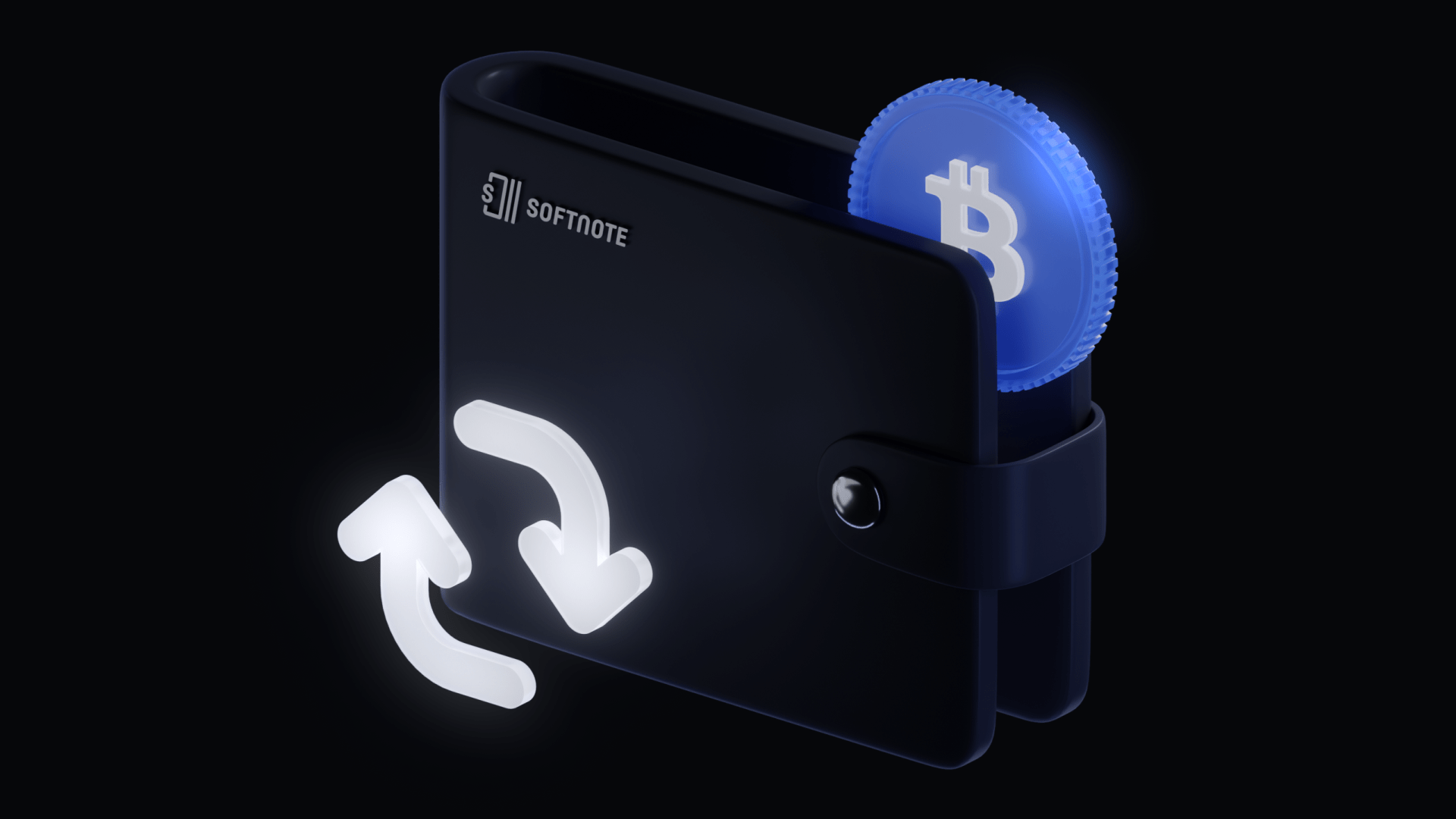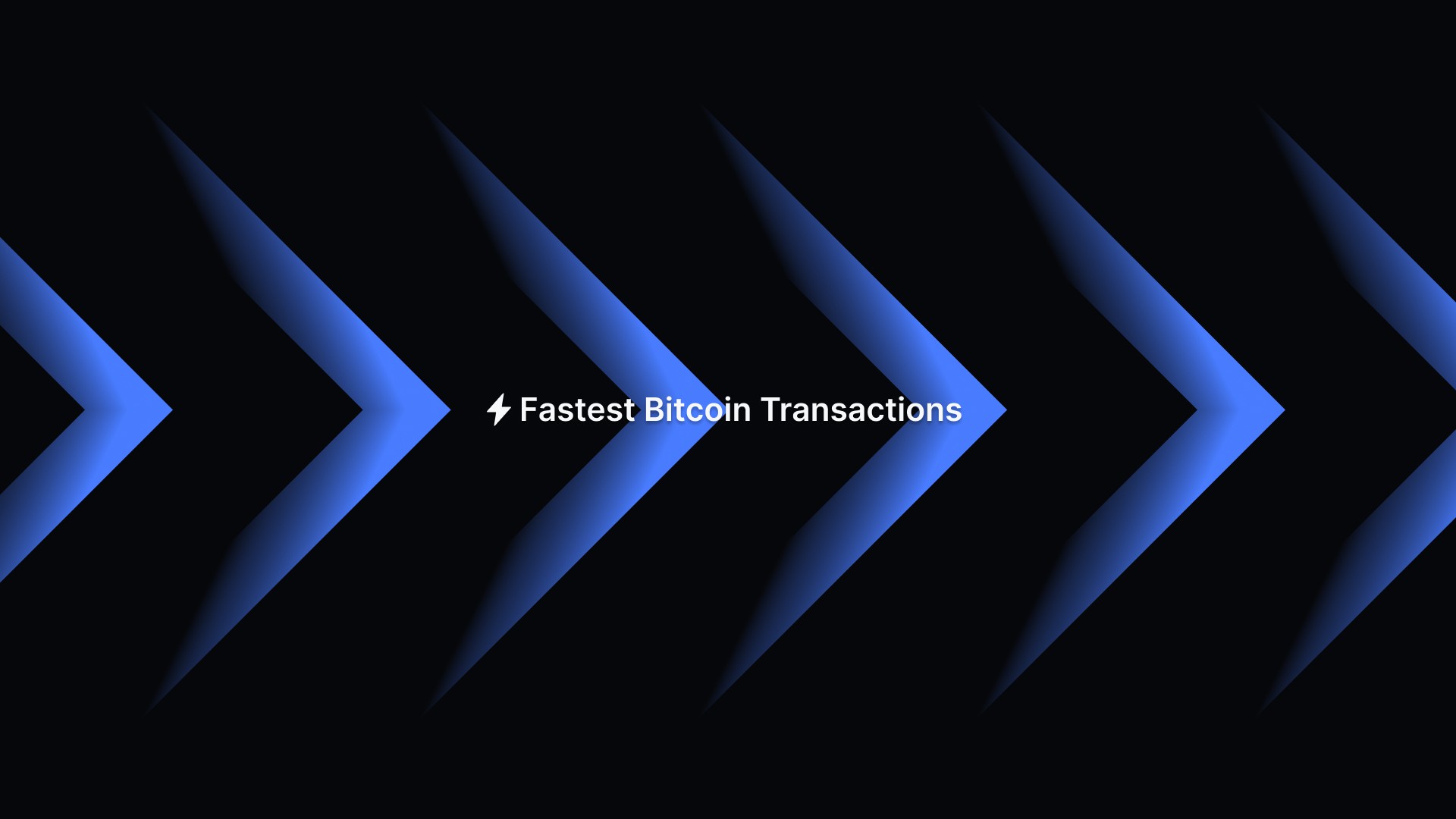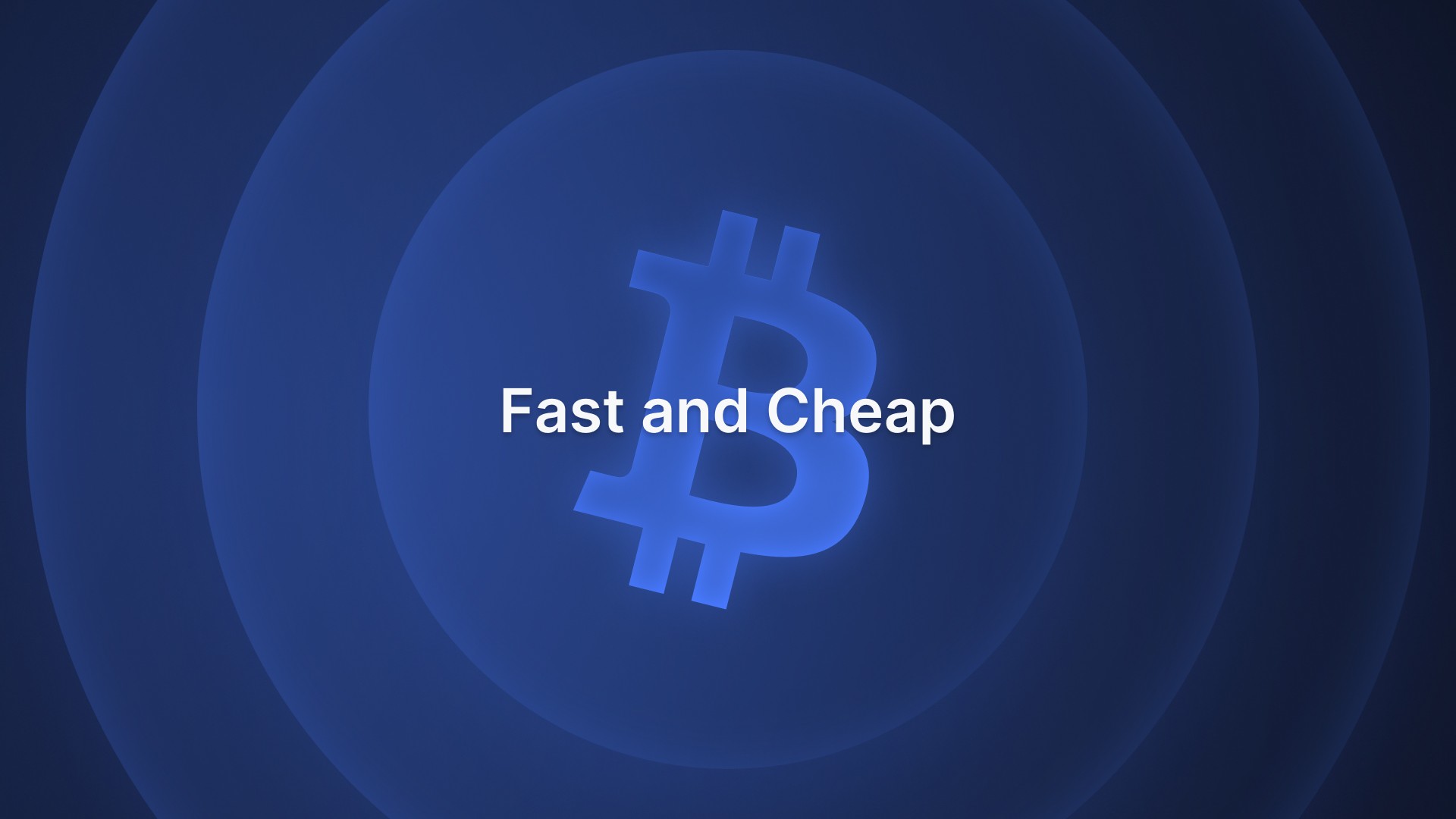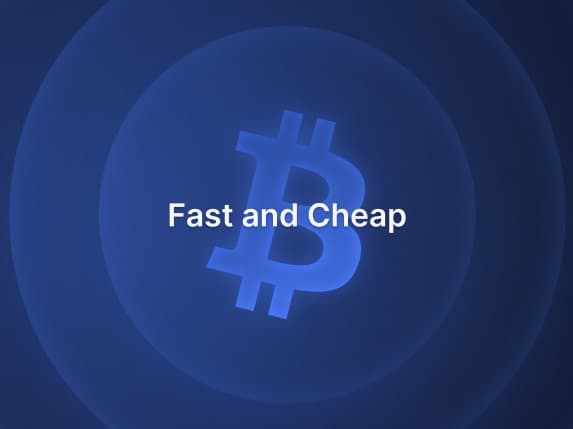To better answer the question, this article will examine the most popular blockchain networks and their payment processing options. In addition, it will also consider some of the fastest ones. Before then, let’s analyze how cryptocurrency transactions work.
How Long Do Crypto Transfers Take? Understanding The Process
Most blockchains design their networks to operate like ferries that carry people from one wallet to another. Using this analogy, different web3 franchises apply various methods to prioritize security or efficiency. The ferries in this case are the blocks that are added to a chain.
Proof-of-work networks focus more on properly scrutinizing anyone before letting them board the ferry. Miners on proof-of-work blockchains like Bitcoin are security officers overseeing operations and maintaining integrity.
While their methods may be slow and cumbersome, with multiple checks, it ensures utmost safety. Proof of stake and similar alternatives emphasize having a bigger vessel to increase the number of people they can carry. Some may choose to license trusted third parties (validators) to operate ferries and help people cross.
With blockchain transactions, there are two important aspects – throughput and finality. Throughput is many transactions a blockchain can process per second (TPS). On the other hand, finality is the point when a transaction becomes irreversible.
For a better understanding, throughput is the number of people that can fit into the ferry in one trip, while finality is the distance the ferry can travel so that it cannot turn back. Most blockchain networks focus on increasing the ferry’s capacity or reducing the “point of no return” distance.
On the other hand, Tectum revolutionizes cryptocurrency transactions by creating a bridge or tunnel. Instead of increasing the size of the ferry and shortening the distance, we created a bridge or tunnel with lanes for different vehicles to pass through.
How Long Do Crypto Transfers Take? The Key Factors

Crypto transfer times depend on three main factors, all tied to how blockchains operate, like ferry services with different rules for boarding, speed, and capacity.
Blockchain design shapes speed and security. Proof of Work chains, like Bitcoin, act like slow, security-focused ferries. Every passenger (transaction) undergoes rigorous checks by miners (security officers), ensuring no fraud slips through. This makes boarding safe but slow. Proof of Stake chains, like Solana, prioritize speed. They use larger ferries (higher throughput) and trust licensed captains (validators) to process passengers faster, trading some scrutiny for efficiency.
Network congestion impacts wait times. Imagine a ferry dock during rush hour. When blockchains get crowded – like during Bitcoin halvings or NFT drops – transactions queue up. More passengers mean longer waits unless you pay extra to skip the line.
Transaction fees act as priority tickets. Paying higher fees is like buying VIP access for faster boarding. On Ethereum, users bid in gas auctions—those who pay more get their transactions processed first. Skip the bid, and you’ll float in the harbor for hours.
For example, Bitcoin’s security-first ferry takes 10–60 minutes per trip. Solana’s speed-optimized vessel? Just 2–5 seconds. Choose your blockchain like you’d pick a ferry: slow and steady, or fast and bustling.
How Long Do Crypto Transfers Take? Network-Specific Timelines
Crypto transfer times vary wildly depending on the blockchain you use. Each network operates like a unique transportation system, with its own rules for speed, capacity, and reliability. Let’s explore how four major blockchains handle transactions.
Bitcoin transactions take 10–60 minutes on average. This is because Bitcoin’s design prioritizes security over speed, using a proof-of-work system where miners solve complex puzzles to validate blocks. Each block holds 1 MB of data and is created every 10 minutes, like a slow-moving cargo ship that rigorously checks every package. During busy periods, such as price rallies or halving events, wait times can stretch even longer. For instance, sending BTC during peak demand might feel like waiting for a ferry in a storm—safe but sluggish.
Ethereum processes transactions faster, usually in 15 seconds to 5 minutes under normal conditions. However, its proof-of-stake system can buckle under pressure. During an NFT mint or meme coin craze, gas fees skyrocket, and transfers slow to a crawl. Imagine a high-speed train delayed by overcrowded stations—sending ETH during an NFT drop might take 30+ minutes unless you pay a premium.
Solana and Ripple (XRP) are built for speed. Solana’s high-throughput design handles 2–5 second transfers by processing thousands of transactions in parallel, like a fleet of speedboats zipping across a river. Ripple, tailored for enterprise use, settles payments in 3–5 seconds using a consensus protocol trusted by banks. These networks skip the traffic jams, prioritizing efficiency over decentralization.
Tips to Speed Up Cryptocurrency Transactions
 Crypto Transactions
Crypto Transactions
Crypto transfers don’t have to be slow. With the right strategies, you can avoid delays and save money. Here’s how to navigate blockchain congestion like a pro.
Adjusting fees is the simplest way to speed things up. On Bitcoin, tools like “Replace-by-Fee” let you bump low-priority transactions by offering miners a higher reward. Ethereum users can manually set gas prices in wallets like MetaMask, paying extra to skip the queue. Think of it as tipping a conductor to board a train first.
Layer 2 solutions like SoftNote, Polygon or Arbitrum are game-changers. These networks bundle Ethereum transactions off the mainnet, slashing fees and wait times. Moving ETH to Polygon cuts transfer times from minutes to seconds, like switching from a packed subway to an empty express line.
Timing matters. Blockchains have “rush hours”—weekday afternoons in the U.S. or during major crypto events. Transacting during off-peak hours (UTC nights or weekends) often means lower fees and faster confirmations. For example, swapping tokens at 2 AM UTC might cost a fraction of daytime rates.
Switching blockchains can also help. Solana’s 2–5 second finality makes it ideal for urgent trades, while Litecoin’s 2.5-minute blocks are perfect for quick, low-cost payments.
Real-World Scenarios
Every crypto transaction has unique needs. Here’s how to choose the right blockchain for common situations.
For urgent payments, Litecoin’s 2.5-minute blocks strike a balance between speed and cost. Sending LTC is like using a reliable commuter train—predictable and affordable. Need instant settlements? Avalanche’s sub-second finality is ideal for trading volatile assets, where delays could mean missing a price swing.
NFT collectors should avoid Ethereum during hyped mints. Congestion can push gas fees to $500+ and delay transfers for hours. Instead, mint during quieter periods or use Layer 2 platforms like Immutable X for near-instant confirmations.
For feeless, instant transfers, Tectum’s SoftNote is revolutionary. Using zero-knowledge proofs, it settles transactions – including cross border payments – in milliseconds, like sending a text message. Imagine paying for in-game items or remittances without waiting or fees. During a gaming session, you could buy a power-up instantly, without interrupting play.
By matching your needs to blockchain strengths, you can turn agonizing waits into seamless experiences. Always research networks and tools before hitting “send.”


 Crypto Transactions
Crypto Transactions



